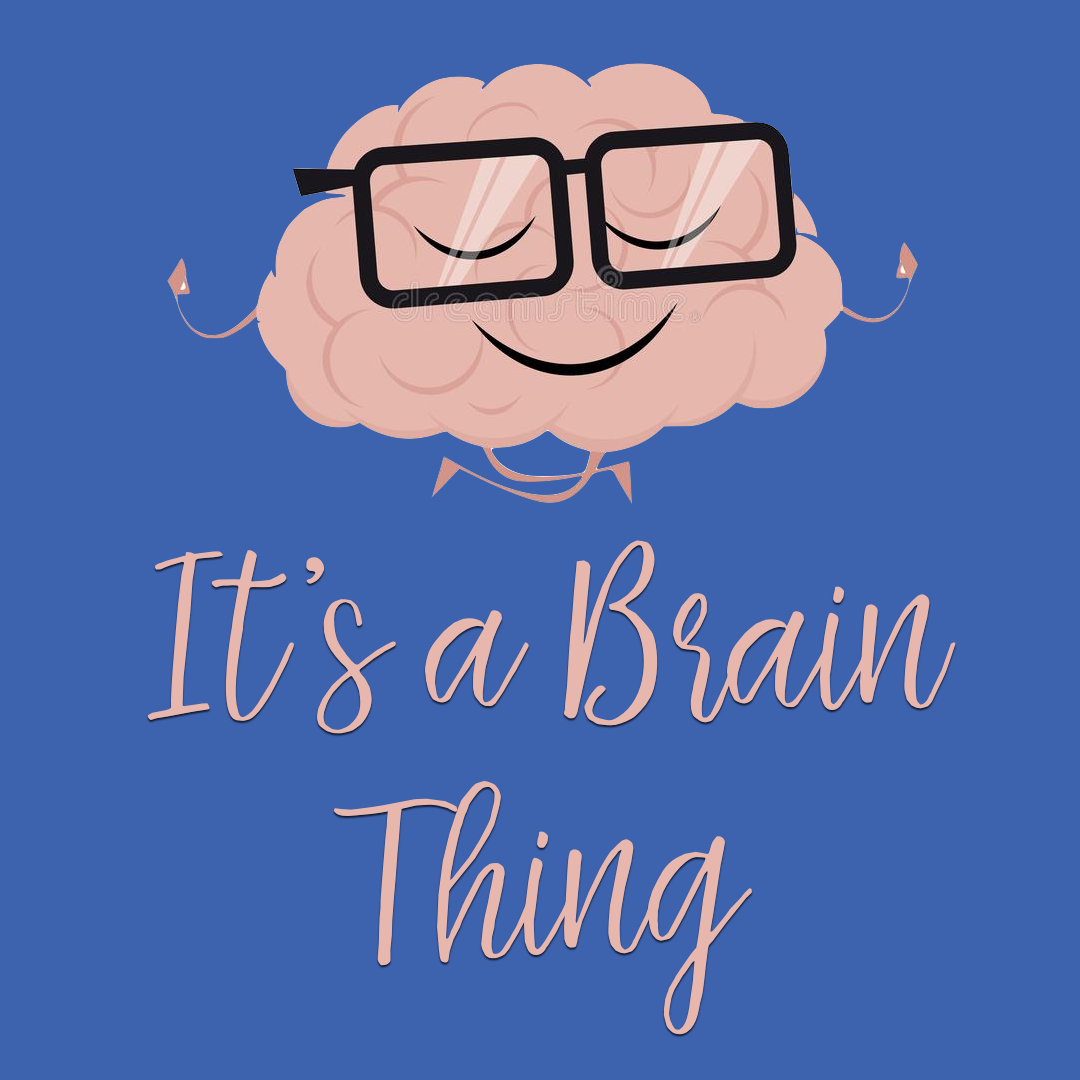I am an optimist. This means that my tendency is to look on the favorable side of life and to expect the most favorable outcome.
Being an optimist means that I hold the belief that good ultimately predominates over evil in the world.
I have been thinking a great deal about how people have a tendency to be either optimistic or pessimistic (if optimists look on the bright side, pessimists anticipate and expect only bad or undesirable outcomes).
I read a fascinating article by Tail Sharot in Time Magazine, The Optimism Bias. Ms. Sharot is a research fellow at University College London’s Wellcome Trust Centre for Neuro-imaging. She did years of research on how our brains are wired for optimism. The research shows that there are silver linings deep within our brains.
If you’re wondering how to tell if you’re an optimist, then this article is for you.
The 5 Main Brain Centers
PREFRONTAL CORTEX – responsible for planning and goal setting
HIPPOCAMPUS – memory, and ability to create future images
AMYGDALA– process emotions, helps generate optimism
rACC (rostral Anterior Cingulate Cortex) – boosts the flow of positive emotions. This part of the brain is more active in optimists when they imagine a positive future
CAUDATE – cluster of nerve cells that process rewards, alerts the rest of the brain when something good may happen
Believe In “Alternate Realities”
It has been proven that once you imagine your future, regardless of big or small, life can take a turn for the better.
To make progress in our lives, we need to be able to imagine alternative realities – better ones – and we need to believe that these alternative realities are achievable. Some refer to this as putting the message out into the universe and, what you want, will be delivered.
Being optimistic gives one the faith and motivation to pursue goals, to work longer hours, and to earn more money. Hope and optimism go hand and hand; hope keeps the mind at ease, lowers stress, and improves overall physical health.
Consciousness And Brain Structure
Research continues to explore consciousness and brain structure.
Researchers and scientists are making great strides in the area of consciousness, brain structure, and its influence on memory.
Memories are susceptible to inaccuracies, in part because the neural system responsible for remembering episodes from our past might not have evolved from memory alone.
The core function of the memory system could in fact, be to imagine the future, enabling us to prepare for what has yet to come.
That information amazed me.
Isn’t it amazing to imagine that our brains possess that amount of power? Imagine for a moment that you only ever visualized yourself as healthy, happy, and positive.
Nothing could stop you!
Our Brains
Our brains are not just imprinted by the past, they are constantly being shaped by the future we are imagining and expecting. In order to think positively about our potential for the future, we must first imagine ourselves in our future.
For instance, when we hear a success story like Mark Zuckerberg’s, Facebook, our brains take note of the possibility that we, too, might become immensely powerful one day.
Check Your Attitude
Just as an optimistic attitude can affect our present and future in a positive way, a pessimistic attitude affects our present and future in a negative way.
If you don’t see the brightness and the possibilities of what your future life could hold, then where is the hope? Where is the joy? Why even bother?
The attitude that you hold will reflect future outcomes.
It has been proven that if you are being primed in a positive or negative way, the results will reflect the action. If you expect to do poorly, you will show no surprise or conflict when you do poorly.
Knowledge Is Key
So, what do we do with this information? How can we use it to become more optimistic?
Firstly, knowledge is the key.
In the process of researching this article, I noticed how aware I became of spotting optimists and pessimists.
I began to catalog the people in my life and tracked my behavior and feelings when I was around an optimist as compared to a pessimist. My energy level, my interest, my tolerance, they all became heightened. I noticed when I was in the presence of someone who possessed more pessimistic tendencies, that I became drained of energy and somewhat annoyed. It was the exact opposite when I was around an optimistic person.
To start rewiring your brain for more positive and optimistic outcomes, you first have to look in the mirror. Are you more inclined to view your world optimistically or pessimistically?
HOW CAN I TELL IF I AM A PESSIMIST?
As mentioned earlier, pessimism is defined as the tendency to see, anticipate, or emphasize only bad or undesirable outcomes, results, conditions, and problems.
When it seems like ‘nothing’ works out for us, or that bad things just ‘always happen,’ it is very difficult to look at life from a positive perspective. We do begin to expect that bad things will continue to happen and we come to accept it as fact.
If you believe you are going to fail, you will unconsciously sabotage every opportunity to succeed. It can be difficult to imagine the potential for good.
Even if good things happen to the pessimist, they cannot recognize it as such. How is this cycle of pessimism broken? How do we change this mindset and begin to look at life through positive eyes?
I will again repeat that knowledge is the key.
And guess what? We are already there!
Knowledge of who and what we are is the first step!
The Rest Of The Steps
Step two is to open your mind.
This will require flexibility on the pessimist’s part.
This is done by beginning to listen to the negative messages that are being sent. What is your inner dialogue? Are you pumping yourself up for that big speech or is the message ‘I will fail, why bother’?
Once we open our minds and begin to hear ourselves, it can be pretty eye-opening. All that negativity filtering through our minds and bodies day in and day out is exhausting.
Negativity feeds off itself and snowballs.
Step three is rejecting the negative messages. Change the “I can’t” to “I can!” This is going to take practice and courage. The voice inside is saying “no” and it is up to you to make it say “yes.”
If you want to speak up in a conversation, and your inner voice is saying, ‘Don’t do that,’ or, ‘they won’t listen,’ or, ‘nobody cares anyway,’ try pushing through those negative introjects. They won’t listen, nobody cares”.
When we attempt to change our behavior we need to make sure that we have something with which to replace the old behavior.
Step four is deciding that from this point forward – now, today – you are going to live a life full of optimism. Getting to this point will take time. It is important to be patient and kind to yourself during this process of change.
Think optimistically and believe that you can do it and you will! Trust me on this one!



